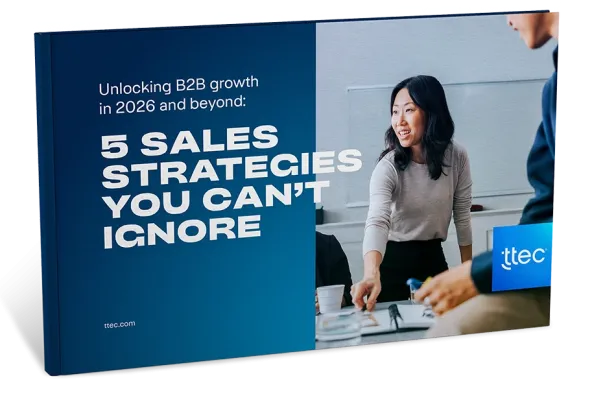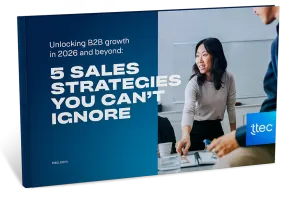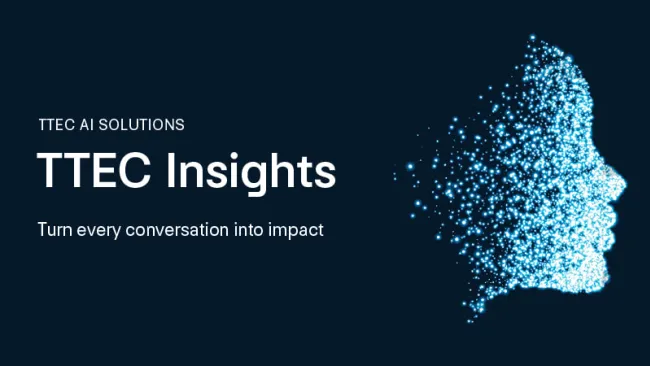Customer experience journey mapping concepts and practices inhabit the critical space of experience design. If you are thinking about creating a customer journey map at all, you have probably come to the realization that fielding disconnected customer tactics focused predominantly on acquisition are not going to work especially well in the long term. You may see the potential benefits of building customer profiles in a strategic fashion, or you understand the power of differentiated communication to optimize channel execution, or you recognize the financial benefits of maximizing customer value over time.
You recognize the need for a more structured, strategic, and integrated customer engagement strategy, and you’ve been told that journey map is a necessary planning tool to better understand the customer journey. But what is the starting point to create a detailed customer view? In many cases, you may connect with a partner, sign a contract, and get started on a 2-3-x month exercise. However, later you discover that the process of creating the CX map hasn’t resulted in improved customer service or customer experiences. What happened?
Oftentimes misalignments are to blame between your company’s goals, the maturity of the organization on its CX /digital transformation evolution, and the partner’s idea of what constitutes an effective end product or service.
Define the problem you are trying to solve with your customer journey design
What are the pain points motivating the transition to customer centricity? Is there an existential need to do business differently due to competitive or other pressures? Do you need to provide an overall vision of future customer interactions to a board, senior executives, or to all employees? Are you designing aspirational CX journeys or trying to orchestrate journeys within your existing technologies? Who needs to be involved in the process? What will be the next steps? How will we keep momentum? How will we move to execution?
The message is that there are as many different flavors of journey maps as there are strategic imperatives for your business. Luckily we can demystify some of that below.
Problem #1: Changing course to improve the user experience
Your company is successful but has been doing business the same way for 50 years—focusing on mass marketing and acquisition, with some emerging channel execution capabilities. Some on your leadership team are convinced that a customer-centric, data-driven approach will help you compete over the next decade, but some important players are not. Unlike your colleagues, they do not eat, sleep and breath data, analytics, personalization, and measurement. They need you to paint them a picture of the future. Your journey map should reflect this imperative.
To meet this challenge, we recommend a higher level, more conceptual approach to mapping the customer journey that clearly outlines “what’s going to be different” for customers in the new world. Using pictures, narratives, storyboards, and working in close collaboration with your marketing practitioners, describe the future state customer experiences across the marketing funnel and customer lifecycle. In both a very large healthcare payer and global automaker I worked with, videos and animations were used very effectively to paint a clear vision of the future and reinforce the message across the organization.
In this scenario, the journey map process focuses on the end state, with fewer details around technology, data, or marketing processes. The goal here should be to activate your management and get commitment for the next stage of the process.
Problem #2: We just bought a ton of technology, how can we use customer journey maps to optimize them?
Ugh! In this scenario, your organization has made technology investments, more than likely spearheaded by your colleagues in IT with minimal input from the business. No one really knows whether these platforms will meet your goals, or worse, no goals were expressed during the procurement process. To help rein in mass confusion and make productive use of these new assets, a more detailed journey map is in order.
In most cases, technology is not the reason for the failure of a customer-centric transformation effort. It’s a failure of vision, strategy, executive alignment, lack of expertise, and change management. Here the journey map is a wickedly effective tool to focus your customer experience team on how to leverage existing or planned technology and data investments to maximize financial benefit.
Problem #3: We need to understand the customer's journey to deliver more effective experiences to key segments
In our cx consulting team's experience, the best customer journey maps are designed around specific customer segments. In this scenario, we can design very differentiated “treatment strategies” for key segments. For example, an insurance provider will target products to specific demographic segments, then seek to find more of these lookalikes in the wider population. To improve the chances of success with these segments, the business will design tailored marketing, sales, and service interactions with a specific mix of channels, cadence, and creative. For high-value customers, these experiences may be more “high touch” and tailored. Conversely, we may spend less time, energy, and resources on lower value segments, or simply provide a lower cost treatment strategy that fits their contribution to the bottom line.
Often organizations will start with high-level customer profiles derived from existing research or segmentation. Other times firms will engage in data discovery and/or qualitative and quantitative research to define segments and drill down more accurately into segment needs and motivations.
Number 3 is my favorite: the alignment to the needs of a specific segment makes the recommendations highly actionable. I like to think of each lifecycle stage on the map as a mini-creative brief, that includes marketing goals, customer needs, targeting strategy, an outreach blueprint, and the necessary data, technology, and insights to drive experiences. I often incorporate KPIs and an experience narrative to add that extra punch that can guide proper execution.
Other customer journey map flavors
In some cases though, you don’t really need to “boil the ocean” with a large journey map effort. You may have more limited goals, like leveraging a specific marketing platform like a DMP or an orchestration suite such as Adobe. Think of these “use cases” as mini journey maps with a limited scope. They often describe two-to-three tactics and can be completed rather quickly with the right expertise.
That said, there are some flavors that I would personally avoid:
- The creative-driven journey map. In my experience these maps look visually stunning, cost a lot, but lack specific examples of tactics or data collection. They usually include a qualitative customer profile (good!) but end up as a mishmash of channels and spaghetti lines with no coherent strategy expressed or direction for companies to actually field campaigns. When given a preference, my clients ask for the meat!
- The non-linear journey map. We all know that the customer lifecycle is a continuum, where customers jump in and out at different points. Leaders often get concerned that the maps don’t cover every single interaction scenario under the sun, and want a map that’s less linear with lots of on ramps. I’ve seen round ones, triangle-shaped ones, “swoopy” maps with lots of lines. These are bad and avoid them at all costs. While consultants love these, their complexity hinders understanding and actionability.
5 customer journey map considerations
Journey maps can be a fantastic tool to transform your marketing organization. In planning your journey map project, consider the following:
- What problem are you trying to solve? You will need a different level of journey map depending on your organization’s strategic needs and the maturity level of your organization.
- Narrative or vision-driven journey maps are best for changing hearts and minds to see the true value of customer centricity.
- More complex maps that take into account planned or existing data and technology assets and clearly express the new connected marketing tactics are best for preparing for implementation.
- Segment-driven maps provide an additional level of insight around the specific needs of valuable customer segments and can improve actionability.
- Don’t buy a creative-driven by creatives vs. experienced customer strategists.
Interested in learning more? TTEC Digital provides cx strategy and digital transformation solutions as well as specific customer experience journey mapping consulting services.















